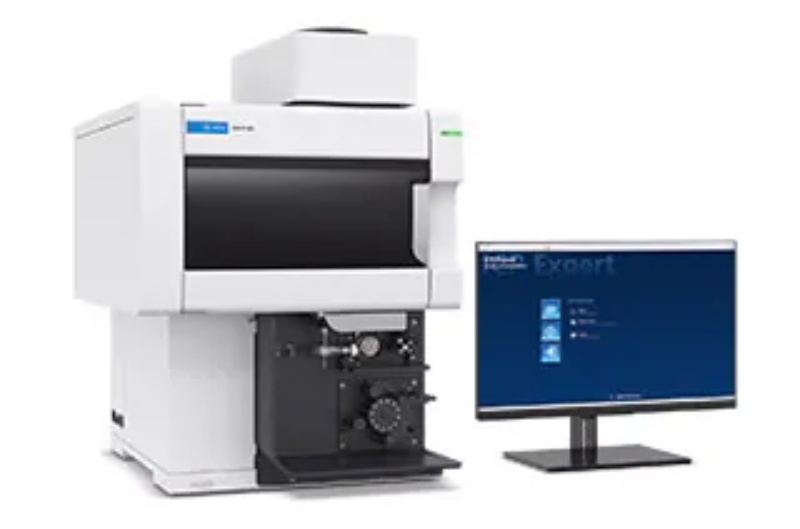Gadget
What is the ICP-OES instrument and its Applications?

ICP-OES stands for Inductively Coupled Plasma Optical Emission Spectroscopy. In simple terms, ICP-OES is a scientific procedure for knowing the quantity of an element a sample contains. Since ICP-OES has become widely used, several systems and technologies have been created to improve sample analysis further.
Various ICP OES instruments are available to ease and simplify analyzing elements available in samples. This article will discuss the advantages and disadvantages of the ICP-OES system, its inner workings, the elements it detects, and its applications.
Advantages of ICP-OES System and Technologies
Since the ICP-OES system and technologies are widely used in different industries, usability is distinct to each sector where they are used. Here are the benefits of the ICP-OES system and technologies:
- Perfect for analyzing solid and liquid samples
- Detects several elements at the same time
- Straightforward to use compared to other systems
Disadvantages of ICP-OES System and Technologies
Here is the shortfall of the ICP-OES system and technologies:
- All samples must be aerosolized before they can be analyzed
- The process is time-consuming because it requires several steps
- It is a destructive analytical process
How Do ICP-OES Instruments Work?
ICP-OES instruments are versatile and accurate in analyzing and detecting different sample elements. These instruments depend on the ICP-OES principle to function as needed in each industry.
Each time a sample wants to be analyzed, it will be placed in the instrument. The ICP-OES instrument excites ions or atoms of the sample utilizing the argon plasma.
When the atoms or ions are excited, they emit light at a specified wavelength before returning to the ground state (lower energy level). The light waves produced can be used to detect the elements contained in the sample.
Elements ICP-OES Instrument Detects
ICP-OES instruments can detect a good number of metals and nonmetals contained in samples. Copper, iron, and lead are some metals the instrument can detect, while nonmetals include chlorine, iodine, sulfur, phosphorus, and bromine.
Application of ICP-OES System and Technologies
ICP-OES systems and technologies are used across different industries for various purposes, such as the following:
Food Industry
The ICP-OES system is used in the food industry to detect minor and major compounds found in ingredients for food preparation. Also, it is used in the quality control of food.
Mining Industry
The ICP-OES technique has widespread use in the mining sector. Generally, the procedure is used in rock analysis and purity control. After the extraction of metals and nonmetals, ICP-OES is used to check the purity level of the elements.
Cosmetics Industry
The system inspects and analyzes heavy metals used for cosmetic products.
Pharmaceutical Industry
The ICP-OES system is particularly useful in the pharmaceutical and clinical sector to detect and analyze nonmetals and heavy metals used in the manufacture of medicine.
Nuclear Sector
The ICP-OES technology is the go-to system for measuring and analyzing radioactive elements in the nuclear industry. It is important to note that ICP-OES procedures must be done with utmost care to isolate the samples used and protect the personnel involved in the process.
Petrochemical Sector
The ICP-OES is used in the petrochemical industry to analyze volatile and organic solvents directly.
ICP-OES Instruments are Required for Accurate Sample Analysis
No matter the industry where the ICP-OES system and technologies are required, they are worth buying for accurately analyzing samples. Depending on how well you want to equip your laboratory, various ICP-OES instruments, accessories, and software exist.
References:
https://www.spectroscopyonline.com/view/elemental-analysis-of-food-using-icp-oes
-

 Travel4 weeks ago
Travel4 weeks agoBwindi’s Gorilla Tourism: Saving Wildlife, Empowering Communities
-

 Education4 weeks ago
Education4 weeks agoJoseph Curran: Using Legal Writing and Advocacy to Simplify Complex Issues for Clients
-

 Tech4 weeks ago
Tech4 weeks agoGoogle Offers New Travel-related Features To Search And Launches Its AI “Flight Deals” Tool Around The World
-

 Business4 weeks ago
Business4 weeks agoStop the Bleeding: How Unanswered Comments Increase Your CAC
-

 Cryptocurrency2 weeks ago
Cryptocurrency2 weeks agoRami Beracha Asks, Can Israel Become A Global Leader In Blockchain Innovation?
-

 Tech3 weeks ago
Tech3 weeks agoAdsPower Promo Code for 50% Off – Ultimate Guide to AdsPower Benefits (Referral Code Included)
-

 Education2 weeks ago
Education2 weeks agoForged in Fire: Nicholas Lawless Unveils Lawless Leadership – The Model Built for a World That Traditional Leadership Can’t Survive
-

 Business2 weeks ago
Business2 weeks agoOPO Group LTD Strengthens Its Global Footprint With Expanding Offices and a Modernized Trading Ecosystem












